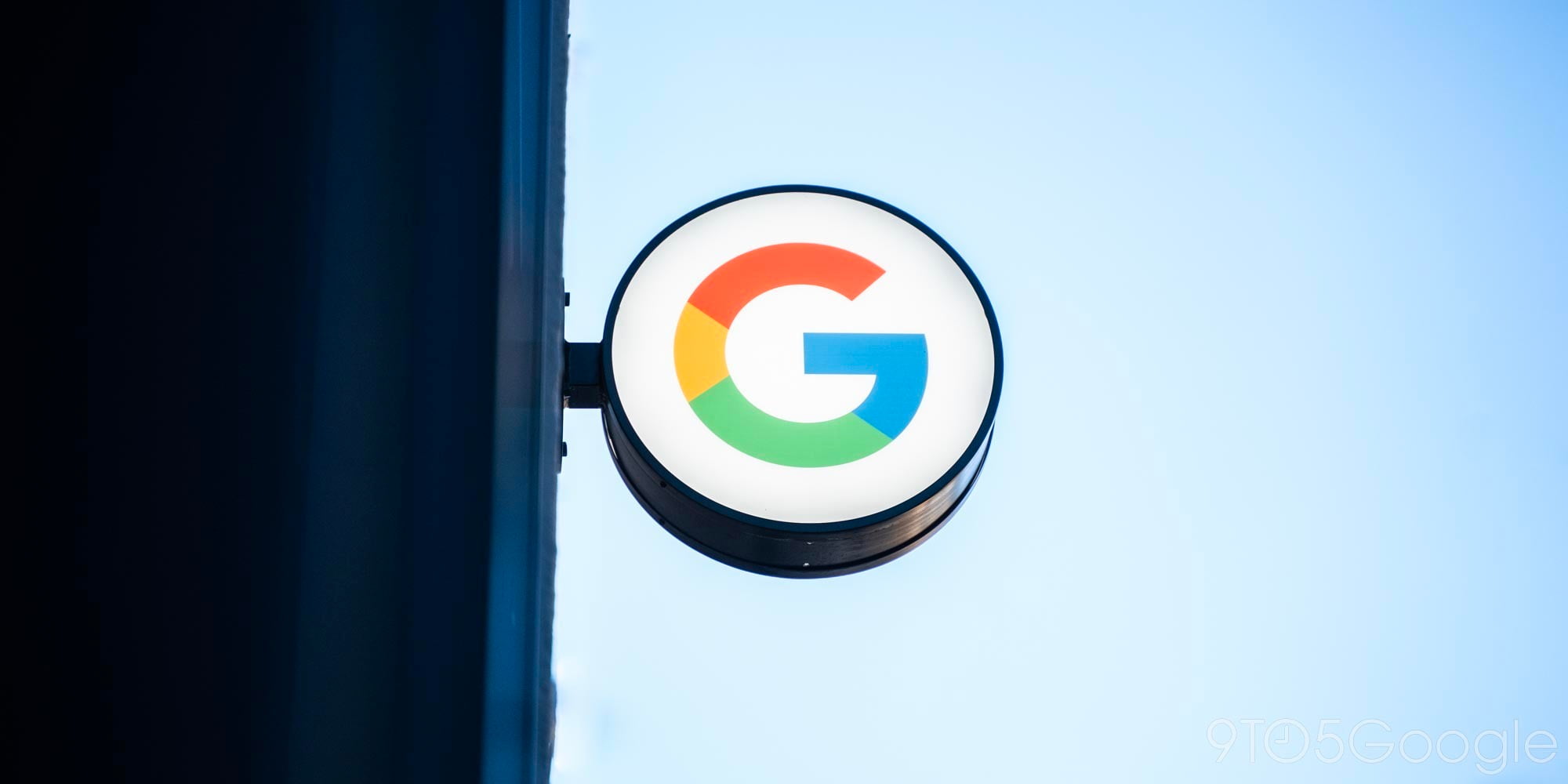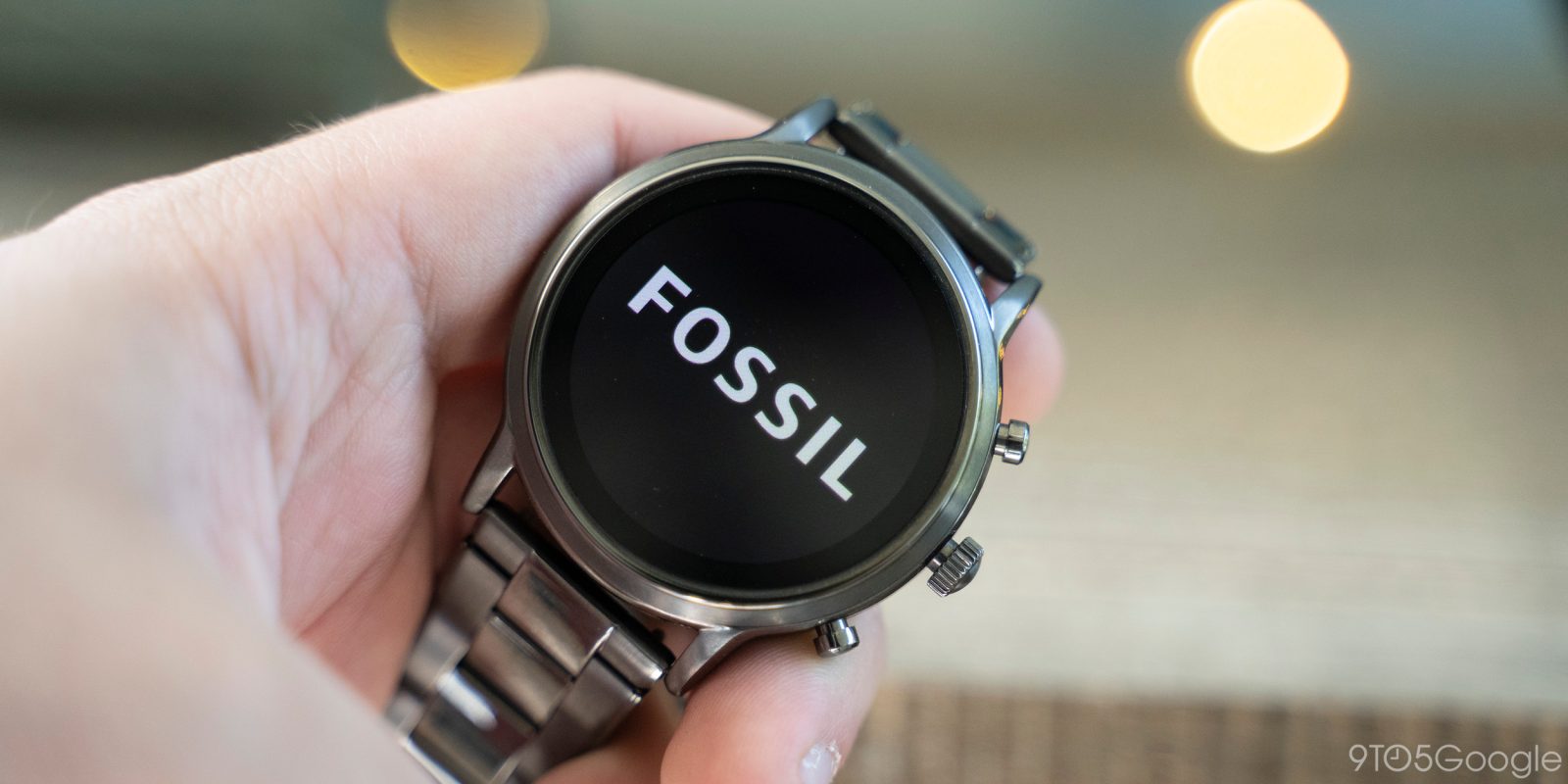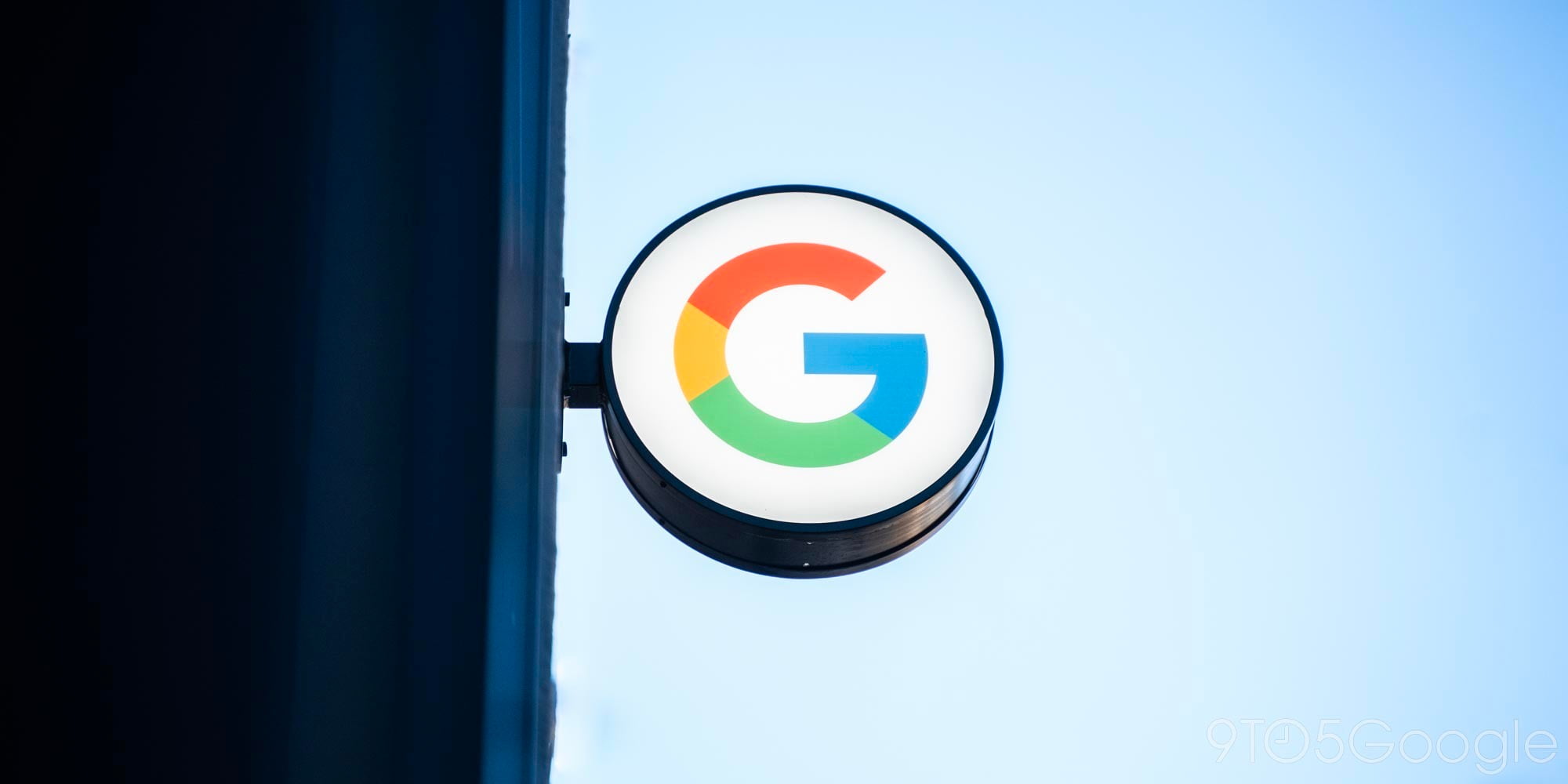Wear OS
Wear OS is Google's wearable platform which is designed to run on watches. It's based on a modified version of Android, designed by Google, and used on many third-party smartwatches.

What is Wear OS?
Wear OS is Google’s wearable platform which is designed to run on watches. It’s based on a modified version of Android, designed by Google, and used on many third-party smartwatches from companies including Fossil, Mobvoi, and more.
The platform is designed to pair with a smartphone – best with Android but compatible with iPhones – and mirror notifications. Developers can also create apps for Wear OS and submit them to the Google Play Store for users to download. Google Assistant is a key feature of the platform, enabling voice controls and smart home integration. Google Fit is also a core part of all watches using Google’s platform, with most supporting a heart rate monitor for fitness tracking.
In recent years, Google’s focus on Wear OS has allowed the platform to function more on its own compared to in years past. LTE watches have been released, and better specifications have also helped fix performance complaints. Pricing on watches varies from model to model, but some models cost under $200, with most of our favorites being around $300.
Google has teased the next “platform update” as coming later in 2021 with some notable changes, including Tiles from third-party apps. You can read more on that here.
In 2021, Google successfully completed its acquisition of Fitbit. When the deal was first announced, Google teased that it would present a chance to “invest more in Wear OS,” but nothing else has come of that announcement yet.

When did Wear OS release?
Google first announced this platform in 2014 under the name Android Wear.
In 2017, the platform released its “2.0” update, which was an overhaul to the UI and experience with apps being split from the phone and installed independently from the Play Store. In March of the following year, Google officially rebranded Android Wear as Wear OS to better appeal to more customers.
Who uses Wear OS?
You can find Wear OS on many smartwatches, as Google makes the platform available to many OEMs as an alternative to building their own operating system from scratch. Most smartwatches using the platform are powered by Qualcomm chipsets, with the company’s Snapdragon Wear series optimized for smartwatches.
Fossil is the biggest brand in the space, with its own models for sale around $200-$300. The company’s sub-brands including Skagen, Misfit, Diesel, and many others also use the platform for varying price points, but they all generally have the same feature set.





Mobvoi is another notable contender in the space. Google has previously invested in the Chinese company, and Wear OS powers its TicWatch lineup. Notably, Mobvoi’s TicWatch 3 Pro was the first to use the Snapdragon Wear 4100 chip.
Other brands who have been associated with the platform include Casio, Montblanc, Louis Vuitton, Tag Heuer, and countless others. Despite the wide variety of brands, though, market share for Google’s platform has long remained minimal and stagnant. In 2020, the smartwatch market saw gains amid the pandemic, but Google’s platform had less share than Fitbit, which was at 6.2% and shrinking at the time.
What’s next for Wear OS?
At Google I/O 2021, the company announced a complete overhaul that’s coming to Wear OS. In the “biggest update ever” for the platform, Google is joining forces with Samsung to create a “unified platform.”
Much of what’s coming with this “Wear 3.0” update remains to be seen, but there are a few things we do know for certain. Google has said that the platform will focus on better battery life as well as better health features, both areas in which previous iterations have lacked. The renewed focus on health will be primarily powered by the newly acquired Fitbit, and based on early looks, it’ll be a near-complete copy from what’s on current Fitbit smartwatches such as Versa 3 and Sense. The new version is based on Android 11.
- Wear OS emulator gives a tantalizing glimpse at the Android 11-based redesign [Video]
- Google’s new Wear OS looks like it will copy health tracking straight from Fitbit watches
- Here’s a quick look at YouTube Music & other revamped Google apps for Wear OS [Gallery]
- Current Wear OS owners have to wait until ‘later this year’ to find out if they’ll get the new version
As for new hardware running the revamped Wear, there’s a lot that’s not known. Fitbit has committed to making “premium” smartwatches on Wear, and Samsung has pretty much confirmed the Galaxy Watch 4 series will be running the update as well.
You can read the latest news about the platform and its apps below.


